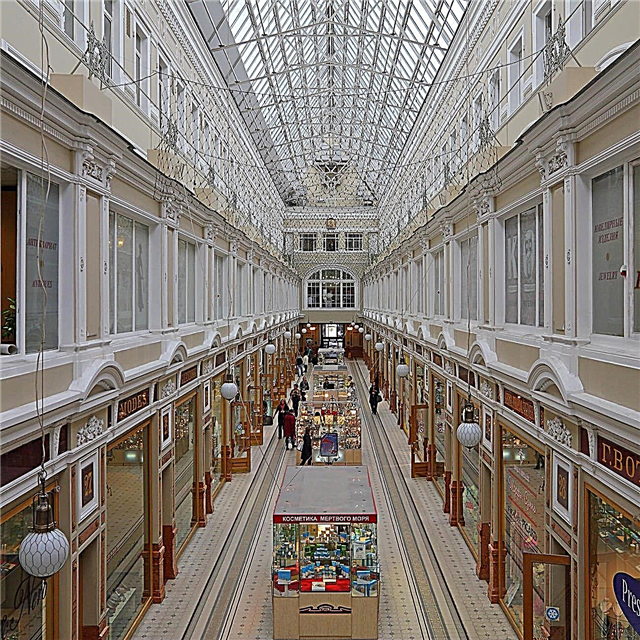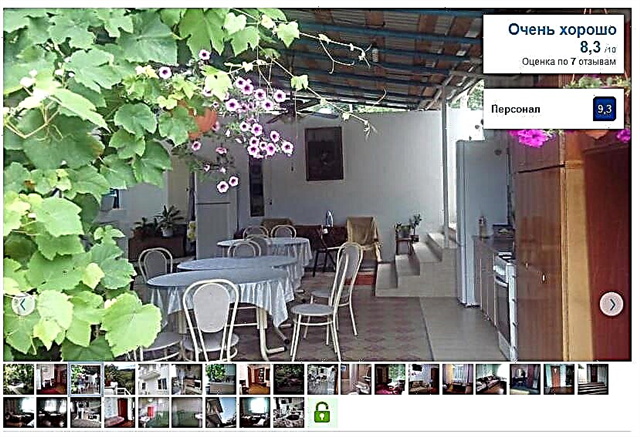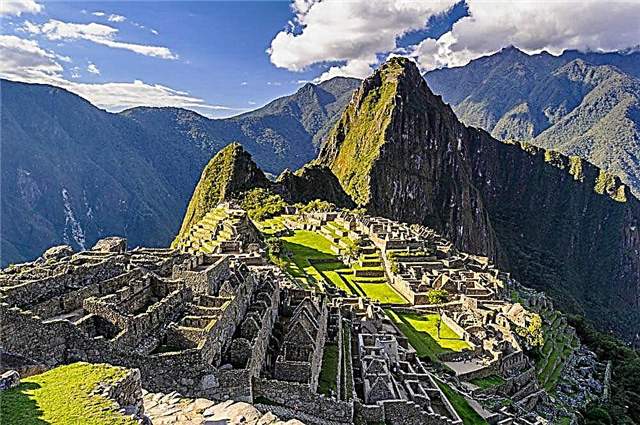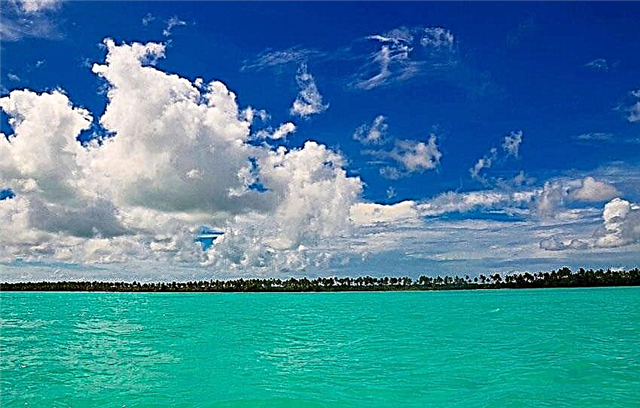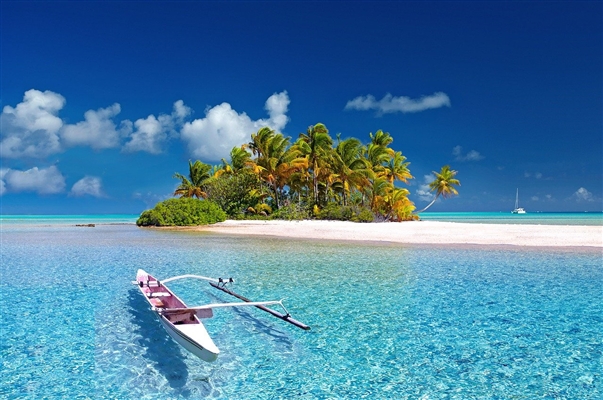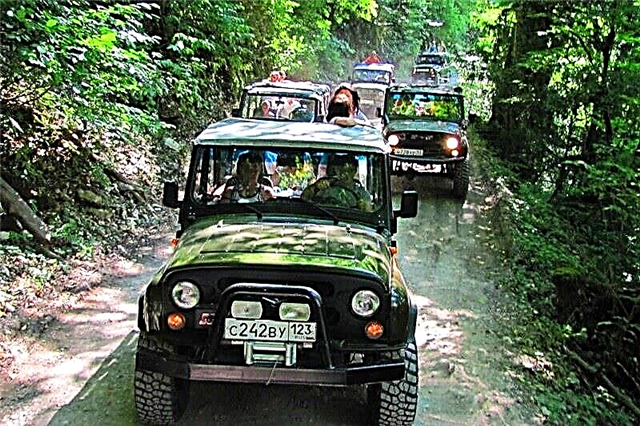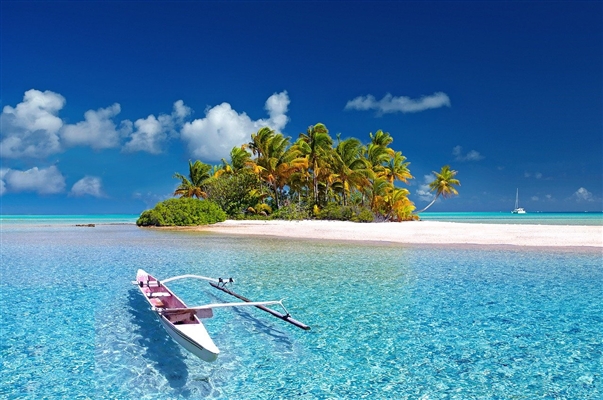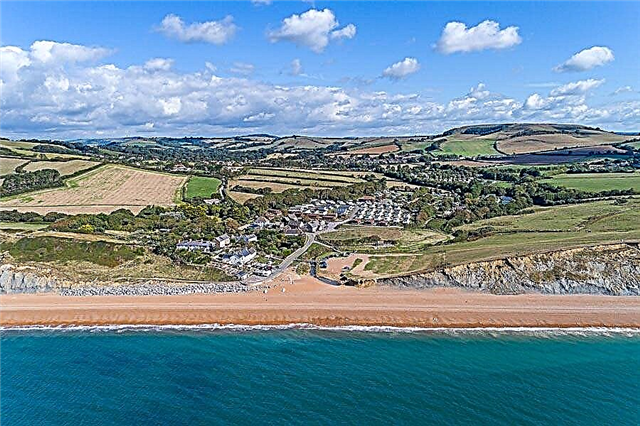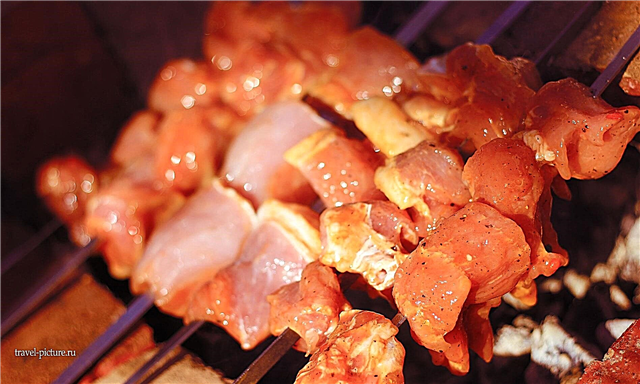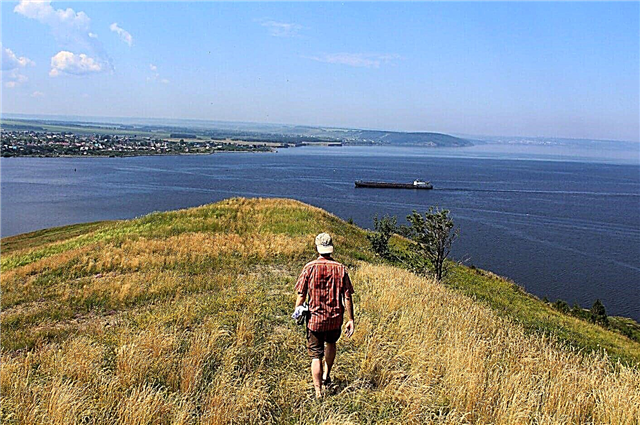The Volga region is the territory of Russia, which includes many subjects of the federation, located in the middle and lower reaches of the Volga. In a broad sense, the Volga region includes: Tatarstan, Chuvashia, Mari El, Kalmykia, Nizhny Novgorod, Penza, Ulyanovsk, Saratov, Volgograd, Samara and Astrakhan regions.
In such vast expanses, there are many attractions of all types. For example, architectural structures of past centuries, such as kremlin, or religious sites, such as the Golden Abode of Buddha Shakyamuni. The activities of historical figures associated with the region are captured in named museums or natural sites named after them. The Volga Delta allows you to observe the flowering of lotuses, and in the district there are several protected areas and parks to preserve these beauties.
The most interesting and beautiful places in the Volga region
List, photos with names and descriptions of popular attractions!
Nizhny Novgorod Kremlin
Located in the historical center of Nizhny Novgorod. It was built from 1508 to 1515 at the confluence of the Oka and Volga. Since the city was bordering, the fortress was considered a military outpost. The defensive significance has lost over time. On an area of 22.7 hectares, the walls have been preserved, 13 towers have been restored, there is a cathedral with the grave of Kuzma Minin, several monuments and squares. The Kremlin is the seat of the governor and mayor.

Volga delta
The largest delta in Europe. There are more than half a thousand different branches. In order to preserve the unique natural complex within its boundaries, the Astrakhan Reserve was founded in 1919. One of the most beautiful phenomena in the delta is the lotus bloom. It lasts from about mid-July to mid-August. Moreover, each bud blooms for only a couple of days. Excursions for observing lotuses are organized in Kalmykia.

Mamayev Kurgan
Located in Volgograd on the right bank of the Volga. Inaugurated in 1967. At this place, fierce battles with the Nazis took place. The ensemble of the complex "To the Heroes of the Battle of Stalingrad" includes a number of iconic objects. The Motherland Calls stands out among them. The height of the monument is 85 m. Near the graves of the dead, alleys, the hall of military glory, parts of the guns. Levitan's voice accompanies tourists in some areas of the memorial.

National Park "Samarskaya Luka"
Year of foundation - 1984. Area - 134 thousand hectares. It is part of the Middle Volga Complex Biosphere Reserve. Thanks to the dams on the Volga, two reservoirs were formed within the park. On the territory there are natural monuments and museums, for example, Molodetsky Kurgan and Repin's house. An observation deck "Helicopter" is equipped in the area of the Upravlenchesky settlement. There is a park, convenient parking and a cafe nearby.

Kazan Kremlin
Founded in the X century, but rebuilt several times. In its current form, with some changes, it has existed since the 16th century. The area is 15 hectares. Played an important defensive role. The towers are very different from each other, there are well-preserved or restored ones, some of the buildings have been lost. Within the perimeter of the walls are: the residence of the President of Tatarstan, the Khazine gallery, a mosque, temples, several museums.

Sviyazhsk
Historic city founded in 1551. Location - the Republic of Tatarstan, an island at the confluence of the Sviyaga River into the Volga. At the moment it has the status of a village. Picturesque places are complemented by the architecture of 4 monasteries. The Assumption Cathedral, which belongs to the Assumption Monastery, is included in the UNESCO World Heritage List. There is also a two-meter stele in memory of the victims of political repression.
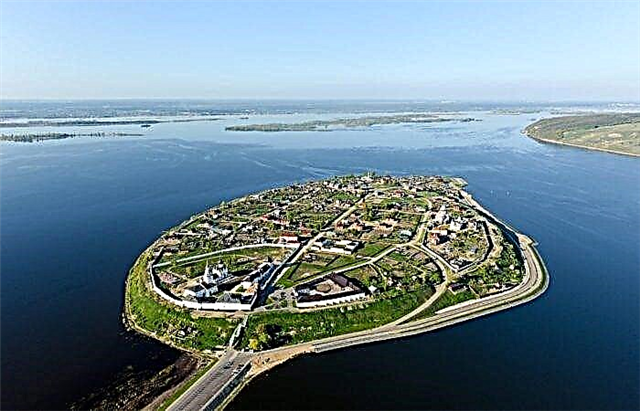
Museum-panorama "Battle of Stalingrad"
Located in Volgograd. Its history dates back to 1937: then it was the Stalin Defense Museum. The current complex was opened in 1982. It is split into two parts. The first is a museum collection associated with the events of the Second World War, and also includes the legacy of the predecessor expositions. The second is a circular diorama. Nearby are the ruins of the Grudinin mill and a replica of the Barmaley fountain.

Sculpture Park "Legend"
Founded in the Penza region in 2008. It began to be created within the framework of the project “Autumn. Inspiration. Penza ", which has an international status. It is the largest of its kind in the country in terms of area. The total number of sculptures is more than 300. Materials are different: from wood and marble to metal and bronze. The symposium in the park has become regular, and the gallery of modern art opens from time to time.

Lake Elton
The reservoir of the Volgograd region near the border with Kazakhstan. The area is about 152 km², the depth is no more than 1.5 m. The content of salts precipitated due to concentration in the sediment and minerals is one of the highest in the world. These and other reasons made Elton ideal for creating a spa resort. The sanatorium of the same name uses local mud for medical and cosmetic procedures.

Astrakhan Kremlin
Built from 1562 to 1589. When moving the city, it was necessary to acquire a fort with extended functionality. It is located on a hill called the Hare Hill, surrounded by the river and its branches. This made the area strategically advantageous. At present, the fortress is a branch of the museum-reserve. On the territory of the Kremlin there are, among other things: a consistory, a powder magazine, a torture chamber and barracks.

Seraphim-Diveevsky Monastery
Located in the village of the same name in the Nizhny Novgorod region. Founded in the 80s of the 18th century, it was inactive during the Soviet era. The revival began after the collapse of the USSR. His cathedrals Trinity and Spaso-Preobrazhensky are architectural monuments. The main relics of the women's monastery are the holy Kanavka, the "Tenderness" icon, particles of the relics of the saints. There are holy springs nearby. The area around is ennobled, fonts built.

Bulgarian settlement
It is located near the city of the same name in Tatarstan. On the territory of the settlement, a museum-reserve was opened to preserve archeological monuments. Its facilities are being reconstructed within the framework of a regional program. The area around is rich in attractions. Among them stand out: the northern mausoleum, the khan's tomb, the black chamber, a large minaret. Since 2014, the site has been included in the UNESCO World Heritage List.

Elabuga settlement
Also referred to as black. It can be found on the banks of the Kama near Elabuga. Time of origin - approximately X century. The defensive structure was constantly rebuilt and destroyed. Enemies and natural factors did their best. Gradually, only one tower remained from it, rebuilt on the previous foundation. During the next reconstruction, a new solid roof was made to it, and windows were cut through at the top.

Cliff of Stepan Razin
Location - the bank of the Volga near the village of Belogorskoye. The height of the cliff is within 40 m. The name was received in honor of the ataman, who camped here. There was controversy about this historical fact. The excavations carried out and the objects found confirmed the legend. This site is often referred to as "spoken". The reason is not mystical, but scientific - the presence of electromagnetic radiation here.

Saratov Automobile Bridge
Built across the Volga and connects Engels with Saratov. Opened in 1965. The length is 2825 m. At one time Gagarin visited it. Nearby is the Cosmonauts Embankment. Repairs are carried out regularly. Outwardly, the structure retains its former splendor, but is very worn out. According to the plan, the bridge should last no more than 20 years, and then it will either be converted into a pedestrian bridge or demolished.

Museum-reserve "Tarkhany"
Founded in 1939 in the village of Lermontovo. The estate of the family of the Russian writer was located here. The architectural ensemble of the estate includes: a manor house, two churches, a human hut, a housekeeper's house, a crypt, a gatehouse.The well-groomed park is laid out in an impressive size. The area of the museum-reserve is about 196 hectares. Funds - about 29 thousand storage units, all of them are associated with Lermontov or the era when he lived.

Trinity Scanov Monastery
It was founded in the village of the same name earlier than the middle of the 17th century, as a men's monastery. During its existence, it survived a fire, looting and closure in 1917. Reborn as a female in 1985. The main shrine is the Trubchevskaya icon of the Mother of God, so named because of the place of writing. There is a cave monastery nearby in Mount Plodskoy. Its three-level passages with cells are mostly destroyed, but 600 m of passages have survived.

Lake Baskunchak
Refers to the territory of the Astrakhan region. Area - 106 km², maximum depth - 3 m. It is part of the Bogdinsko-Baskunchaksky nature reserve. The salt lake is famous for its mud and silt deposits. In the vicinity of Baskunchak, you can not only improve your health in the sanatorium of the same name, but also go hiking. There are two mapped routes that go around the entire lake.

Golden abode of Buddha Shakyamuni
Built by 2005 in Elista. It is considered the largest Buddhist temple in Kalmykia. There are entrances on each side of the world. A fence has been erected around, in which there are 108 white stupas. Inside the monastery there is a ten-meter statue of Buddha. On the territory of the monastery there are 17 pagodas with statues of the great teachers of Buddhism. The relics stored here: the clothes of the 14th Dalai Lama and the hair of Lama Tsongkhapa.

City Chess
In the vicinity of Elista in 1998 it was planned to hold a chess Olympiad. For this event, a complex was built, which includes administrative and residential buildings. It got the name City-Chess or "city of chess". The central building is the Chess Palace. The complex continues to be actively used for forums and other major events. The Museum of Chess Glory has been operating since 2001.

Museum-reserve "Homeland of V. I. Lenin"
Founded in the Ulyanovsk region in 1984. The area is about 170 hectares. The goal is to recreate the image of old Simbirsk. The complex includes 16 museums. They are dedicated to many areas, including history, architecture and culture. In addition, there are exhibition halls and a children's center on site. On the basis of the museum, master classes and games are held, circles are open, interactive programs have been developed for different ages.

Ulyanovsk Museum-Memorial of V. Lenin
It has existed in its current form in Ulyanovsk since 1970. The complex dates back to the 40s. All sorts of bureaucratic approvals and searches for documents confirming that Lenin was born here turned out to be very long. The basis is an exposition dedicated to the revolutionary. The museum has a cinema hall, a lecture hall, and various educational events are held.

Arbuginskaya mountain
In the Ulyanovsk region, on the banks of the Volga, there is no better point for exploring the surroundings. The river bends here, which creates a particularly picturesque panorama. The mountain has several peaks. Climbing each one is fraught with a number of difficulties. However, this is precisely what the hill attracts tourists. There are pitches suitable for setting up tents. You can travel around the area all year round - each season will give you a different experience.

Museum-reserve of Alexander Pushkin "Boldino"
Opened to visitors since 1949 in the village of the same name in the Nizhny Novgorod region. For several centuries this area belonged to the Pushkin family. The complex includes 13 architectural objects. Among them is a manor house built in the Empire style. The buildings have been restored, and the furnishings of the first half of the 19th century have been recreated inside. Themed events are held on the basis of the museum-reserve.

Zheltovodsky Makariev Monastery
Year of foundation - 1434. Place - the left bank of the Volga, the village of the same name in the Nizhny Novgorod region. During the Soviet era, the convent was closed. There was an orphanage here, and then livestock were kept. Restoration began in the early 90s of the last century. Outwardly, the monastery resembles a Kremlin because of the imposing fortress wall with towers. On the territory of the monastery there are 4 churches, a gate church and a cathedral.

Museum "Samara Space"
Has been working since 2001. Among the exhibits there are many unique ones, including a real Soyuz rocket: there are no more vertically-mounted rockets in assembled form in Europe. Its height in a complex with the building is about 55 m. The exhibition includes cosmonaut simulators and things that surround them during flights. On special occasions, for example, for the Day of Cosmonautics, changes are made to the exposition.

AvtoVAZ Museum in Togliatti
Organized on the territory of the Technical Museum. The exposition is a look at the possible prospects of the Russian car industry. The exhibition presents not only actively exploited models, but also those that never entered the conveyor. Among them are daring experiments, like racing supercars. There are also rare models. You can inspect the cars as part of an excursion tour, or independently.

Holy Trinity Monastery in Alatyr
The year of foundation is 1584. Stone structures were typical for the complex in the 18th-19th centuries. On the territory of the monastery are located: the Church of St. Sergius of Radonezh, the Church of the Holy Trinity and the Kazan Icon of the Mother of God, the cave temple of Seraphim of Sarov. The bell tower is over the gate and has a height of 81 m. The weight of the largest bell is 18 tons. The second tier of the bell tower is reserved for the temple of St. Vassian.

Tikhvin monastery in Tsivilsk
It was first mentioned in 1675. It was founded as a male monastery, in 1870 it was transformed into a female monastery. The monastery was ravaged during the Soviet period. Most of the buildings have now been restored. The monastery looks like a cozy picturesque town. On its territory there is a spacious hotel for pilgrims. The main shrine is the Tikhvin Icon of the Mother of God, considered miraculous.

Mari Ethnographic Museum
Founded in 1983 in the Republic of Mari El. The area is more than 5 hectares. Architectural monuments from all over the Mari Volga region were brought to the territory allocated for the museum. In addition, the collection was replenished with objects of creativity and everyday life of local peoples. There are two options for visiting the complex: independent or with a guide. In the first case, it will not work to enter the buildings and inspect the details of the decoration.


